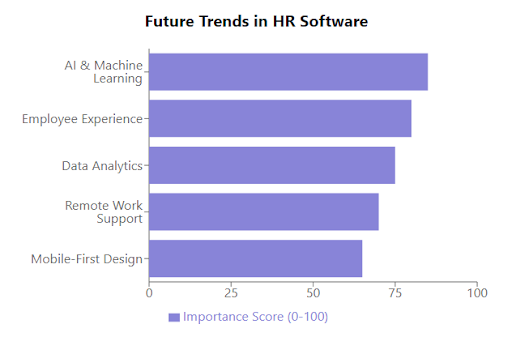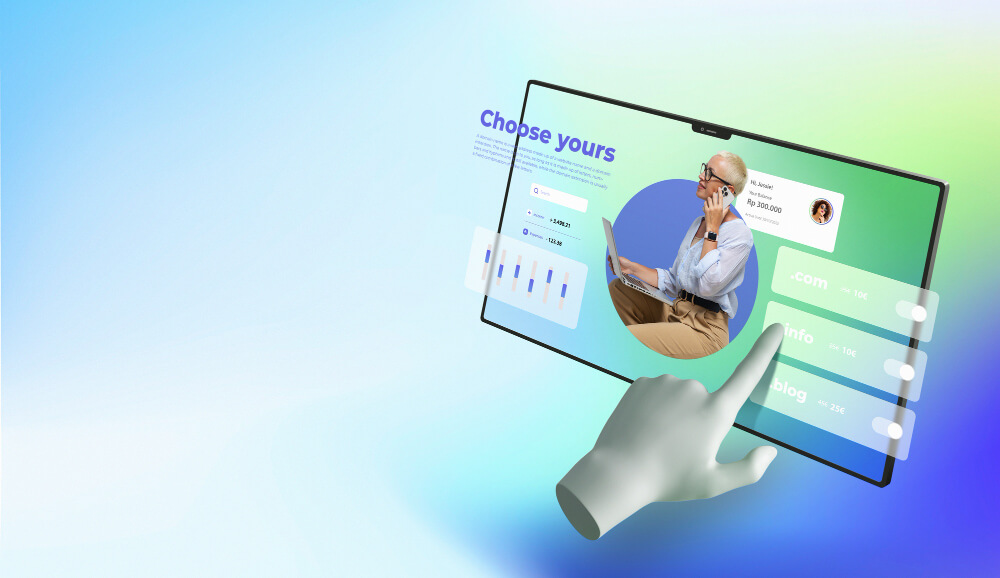Let’s explore HR software features and benefits, and their impact on modern HR practices.
Understanding HR Software: The Basics
HR software, also known as Human Resources Information System (HRIS) or Human Capital Management (HCM) software, is a digital solution designed to streamline and automate various HR-related processes. It serves as a centralized platform for managing employee data, automating administrative tasks, and providing insights to support strategic decision-making.
Key Components of HR Software
- Employee Information Management
- Centralized database for employee records
- Employee self-service portals for updating personal information.
- Recruitment and Applicant Tracking
- Job posting and application management
- Candidate screening and evaluation tools
- Onboarding and Offboarding
- Automated workflows for new hire integration
- Exit process management and documentation
- Time and Attendance Tracking
- Employee time clock and absence management
- Leave request and approval systems
- Payroll Processing
- Salary calculations and tax withholdings
- Direct deposit and pay stub generation
- Performance Management
- Goal setting and tracking
- Performance review automation
- Learning and Development
- Training program management
- Skills gap analysis and career planning
- Benefits Administration
- Employee benefits enrollment and management
- Health insurance and retirement plan tracking
- Compliance Management
- Labor law and regulation tracking
- Reporting tools for audits and compliance checks
- Analytics and Reporting
- HR metrics and KPI dashboards
- Custom report generation for data-driven decision making
The Evolution of HR Software
HR software has significantly evolved since its inception in the 1970s. Let’s take a look at how it has evolved over the decades:
- 1970s: The first computerized HR systems were introduced, primarily focusing on payroll processing and basic employee record keeping.
- 1980s: Enterprise HR solutions emerged, offering more comprehensive features for large corporations.
- 1990s: Web-based HR software made its debut, allowing for greater accessibility and ease of use.
- 2000s: Cloud-based HR solutions gained popularity, offering scalability and reduced IT infrastructure costs.
- 2010s-Present: Modern HR platforms incorporate AI, advanced analytics, and mobile accessibility, providing more strategic value to organizations.
The Benefits of Implementing HR Software
Adopting HR software can bring numerous advantages to businesses of all sizes. Here are some key benefits:
- Improved Efficiency: Automating routine tasks enables HR professionals to focus on strategic plans.
- Improved Data Accuracy: Centralized data management reduces errors and inconsistencies in employee information.
- Enhanced Employee Experience: Self-service portals empower employees to handle their own information and requests.
- Better Decision Making: Advanced analytics and reporting tools provide insights for data-driven HR strategies.
- Increased Compliance: Automated tracking and reporting help ensure adherence to labor laws and regulations.
- Cost Savings: Streamlined HR processes and reduced paperwork lead to significant time and cost savings.
- Enhanced Recruitment: Applicant tracking systems streamline the process of attracting and identifying top talent.
- Enhanced Performance Management: Continuous feedback and goal tracking foster a culture of high performance.
- Simplified Onboarding: Automated onboarding processes ensure a smooth transition for new hires.
- Scalability: Cloud-based solutions can easily adapt to growing business needs.
Choosing the most Efficient HR Software for Your Business
Choosing the best HR software for your business organization is essential. Here are some factors to consider:
- Company Size and Growth Plans: Ensure the software can scale with your business.
- Feature Requirements: Identify must-have features based on your HR processes and pain points.
- Integration Capabilities: Look for software that can integrate with your existing systems (e.g., payroll, accounting).
- User-Friendliness: Choose a solution with an intuitive interface for both HR staff and employees.
- Mobile Accessibility: In today’s remote work environment, mobile access is essential.
- Data Security: Ensure the software complies with data protection regulations and has robust security measures.
- Customization Options: Look for flexibility to adapt the software to your unique business needs.
- Customer Support and Training: Evaluate the accessibility of customer support and training resources.
- Cost and ROI: Evaluate the total cost of ownership and potential return on investment.
- User Reviews and Reputation: Research customer feedback and industry reputation of potential vendors.
The Future of HR Software

As technology continues to advance, HR software is evolving to meet the changing needs of businesses and employees. Here are some trends that give shaping to the future of HR software:
- AI and Machine Learning: Predictive analytics for talent management and automated decision-making processes.
- Employee Experience Platforms: Integrated solutions focusing on holistic employee wellbeing and engagement.
- Advanced Data Analytics: More sophisticated tools for workforce planning and performance optimization.
- Remote Work Support: Enhanced features for managing distributed teams and fostering virtual collaboration.
- Mobile-First Design: Increased emphasis on mobile accessibility for on-the-go workforce management.
- Continuous Performance Management: Real-time feedback and goal tracking systems replacing annual reviews.
- Blockchain for HR: Secure and transparent record-keeping for sensitive employee data.
- Augmented and Virtual Reality: Immersive experiences for training and onboarding processes.
- Chatbots and Virtual Assistants: AI-powered tools for handling routine HR queries and tasks.
- Diversity and Inclusion Tools: Advanced analytics and blind hiring features to promote workplace diversity.
Conclusion: Embracing the HR Software Revolution
HR software has transformed from a simple record-keeping tool to a strategic asset for modern businesses. By automating routine tasks, providing valuable insights, and enhancing the employee experience, HR software enables HR professionals to focus on what truly matters: developing and nurturing human capital.
As we look to the future, HR software will continue to evolve, incorporating cutting-edge technologies to address the ever-changing landscape of work. For businesses looking to stay competitive and build a thriving workforce, embracing the right HR software solution is no longer optional—it’s essential.
By understanding what HR software is, its benefits, and how to choose the right solution for your organization, you’re well-equipped to make informed decisions that will drive your business forward. Remember, the goal is not just to manage human resources more efficiently, but to unleash the full potential of your most valuable asset: your people.





